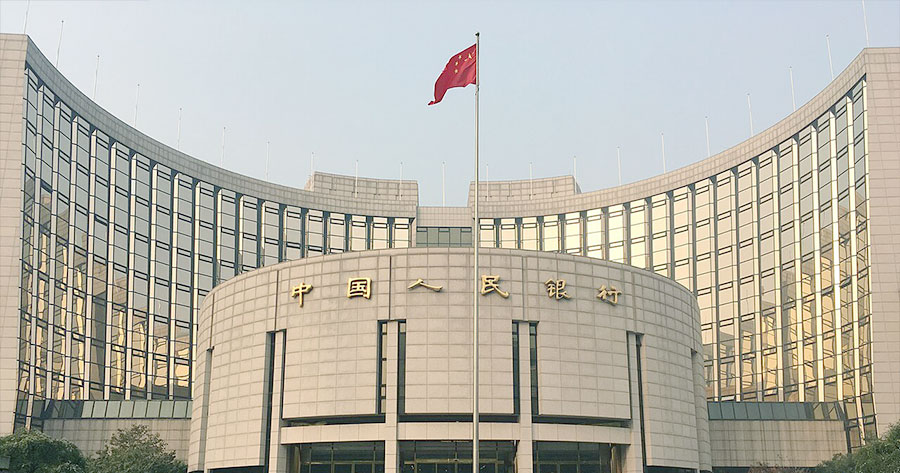According to a Reuters poll, there is widespread anticipation for China to lower its main policy and benchmark lending rates on Friday after the US Federal Reserve’s significant interest rate reduction helped mitigate risks of sharp yuan depreciation.
The divergence in monetary policies and a weakening Chinese yuan have previously restricted Beijing from implementing substantial policy loosening measures.
However, with the US central bank initiating a more aggressive easing cycle by implementing a larger half-percentage-point cut, analysts and traders believe that Beijing now has greater flexibility in its monetary policy approach.
One key element of China’s monetary policy is the loan prime rate (LPR), which is typically applied to banks’ premier clients. The calculation of the LPR involves 20 designated commercial banks submitting proposed rates to the People’s Bank of China (PBOC) every month.
In a recent Reuters survey involving 39 market experts, 27 respondents (69%) expected reductions in both the one-year and five-year LPRs. Among the remaining 12 participants, two predicted cuts only to the five-year LPR, while the other 10 forecasted no adjustments to either rate.
As the seven-day reverse repo rate has become the primary policy rate for the central bank, market observers anticipate the PBOC to decrease the borrowing cost of this short-term liquidity tool before adjusting the LPRs.
China took the financial markets by surprise in July by reducing significant short and long-term interest rates in its first broad move in nearly a year, signaling a commitment to bolster economic growth.
While economic data for August, covering credit lending and activity indicators, showed negative surprises, there is increased pressure to introduce additional stimulus measures to support the economy. Diminished Chinese economic activity has led global brokerages to revise their 2024 growth projections below the government’s official target of approximately 5%.
Amid these circumstances, President Xi Jinping recently urged authorities to strive towards achieving the country’s annual economic and social development objectives, indicating a necessity for further actions to enhance the struggling economic recovery.





